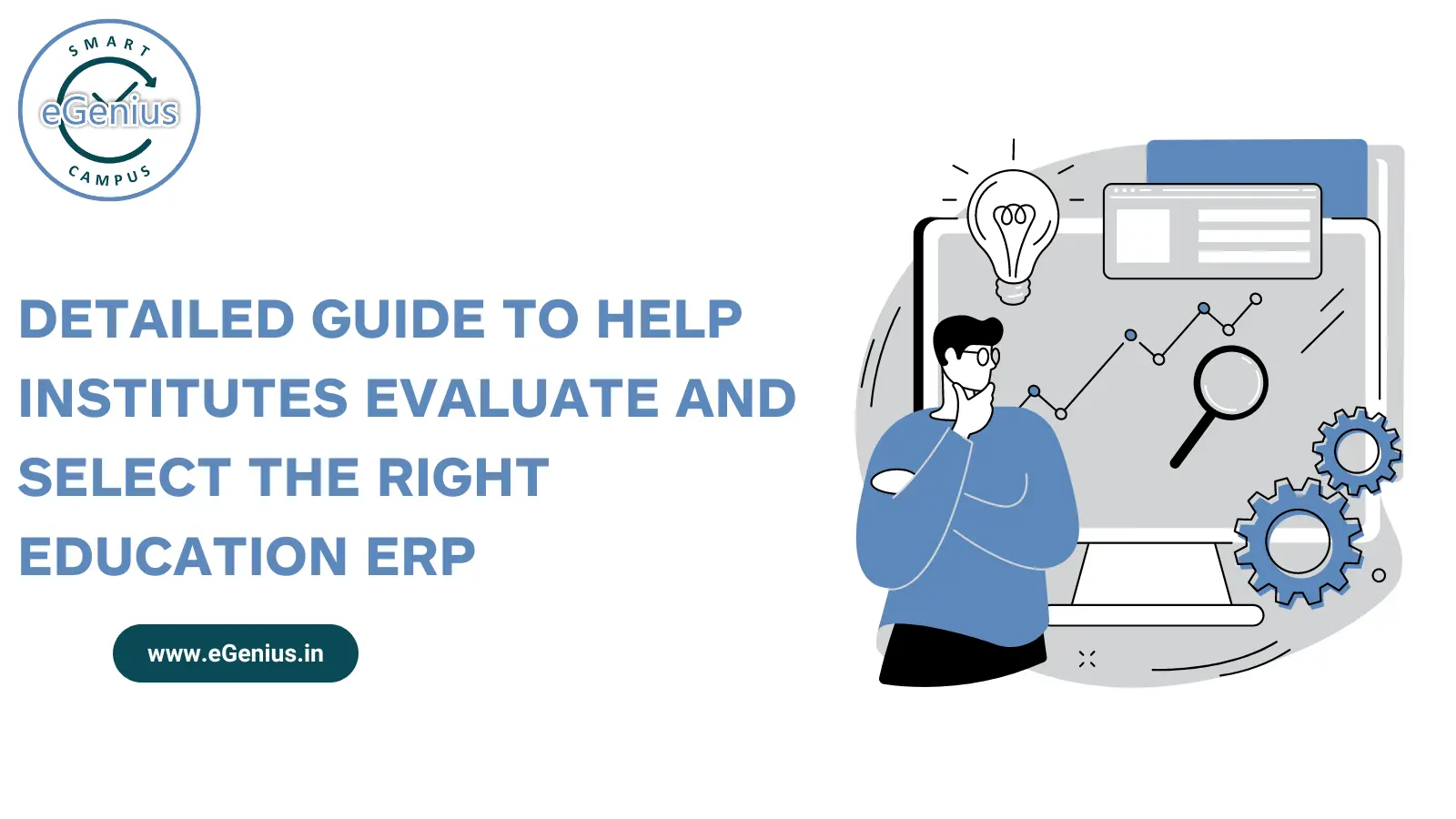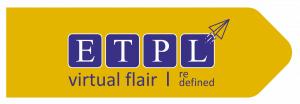In today’s rapidly evolving educational landscape, managing the complex operations of an educational institution requires efficient and integrated systems. This is where an Education ERP (Enterprise Resource Planning) system comes into play. Education ERP solutions are designed to streamline administrative processes, enhance student and staff experiences, and provide valuable insights through data analytics. Choosing the right Education ERP is crucial for an institution’s success, and this guide aims to provide a comprehensive roadmap for evaluating and selecting the ideal system.
Table of Content
- Understanding Education ERP
- Identifying Institutional Needs
- Evaluating ERP Vendors
- Key Criteria for Selection
- Technical Considerations
- Making the Decision and Implementation
Understanding Education ERP
An Education ERP is an integrated application suite that manages and automates various administrative and academic processes within an educational institution. These systems cover admissions, student records, finance, human resources, timetabling, and more. By centralizing data and processes, Education ERP systems improve efficiency, reduce redundancy, and provide real-time access to critical information. Understanding an educational ERP’s core functionalities and benefits is the first step toward making an informed decision.
Know more about School Management System
Identifying Institutional Needs
Before diving into the selection process, it is essential to identify your institution’s specific needs and challenges. Each educational institution has unique requirements based on size, type, and strategic goals. Start by conducting a thorough needs assessment involving key stakeholders such as administrators, faculty, IT staff, and students. Determine the pain points in your current systems and processes and list the features and functionalities that an Education ERP must offer to address these issues. This step ensures you choose a system that aligns with your institution’s objectives.
Evaluating ERP Vendors
Once you clearly understand your institution’s needs, the next step is to evaluate potential Education ERP vendors. Begin by researching vendors with a strong reputation in the education sector. Look for reviews, case studies, and testimonials from other institutions implementing their systems. Create a shortlist of vendors whose offerings match your requirements. It is crucial to consider the vendor’s experience, customer support, and the flexibility of their solutions.
Know How to Overcome Key Challenges in Education Management System Today
Key Criteria for Selection
When evaluating Education ERP solutions, several key criteria should guide your decision:
- Scalability and Flexibility: Ensure the ERP can scale with your institution’s growth and adapt to changing needs.
- User-Friendliness: The system should be intuitive and easy for all stakeholders, including non-technical users.
- Integration Capabilities: The ERP must integrate seamlessly with existing systems such as LMS (Learning Management Systems), CRM (Customer Relationship Management), and other third-party applications.
- Data Security and Privacy: Verify that the system complies with data protection regulations and offers robust security features.
- Customizability: Customizing modules and workflows to fit specific institutional processes is essential.
- Cost and ROI: Consider the total cost of ownership, including implementation, training, and maintenance, and weigh it against the potential return on investment.
Technical Considerations in Education ERP
Technical aspects are equally important when selecting a Education ERP. Pay attention to the following:
- Deployment Options: Decide between on-premises, cloud-based, or hybrid solutions based on your institution’s IT infrastructure and resources.
- Technical Support and Training: Ensure the vendor provides comprehensive support and training for smooth implementation and ongoing use.
- System Performance and Reliability: The ERP should be reliable, with minimal downtime and fast processing speeds.
- Mobile Accessibility: With the increasing use of mobile devices, ensure the ERP offers mobile-friendly interfaces and apps.
- Data Migration: Assess the complexity and support available for migrating data from your current systems to the new ERP.
Know more about CRM Software.
Making the Decision and Implementation
After a thorough evaluation, it’s time to make the decision. Engage all stakeholders in the final selection to ensure buy-in and smooth adoption. Once you have selected the Education ERP, plan the implementation meticulously. Develop a detailed project plan outlining the phases of implementation, timelines, roles, and responsibilities. Focus on change management to help users transition smoothly to the new system. Training sessions are vital to ensure that staff and students are comfortable using the latest ERP.
eGenius Education ERP is a strategic decision that can transform the operational efficiency of an educational institution. You can make an informed choice by understanding the functionalities of Education ERP systems, identifying your institution’s needs, evaluating vendors carefully, and considering both key criteria and technical aspects. A well-chosen ERP system streamlines administrative tasks and enhances the overall educational experience, paving the way for future growth and success. With the right approach and thorough planning, your institution can successfully implement an Education ERP that meets its unique needs and objectives.
Know more about eGenius Campus ERP.














